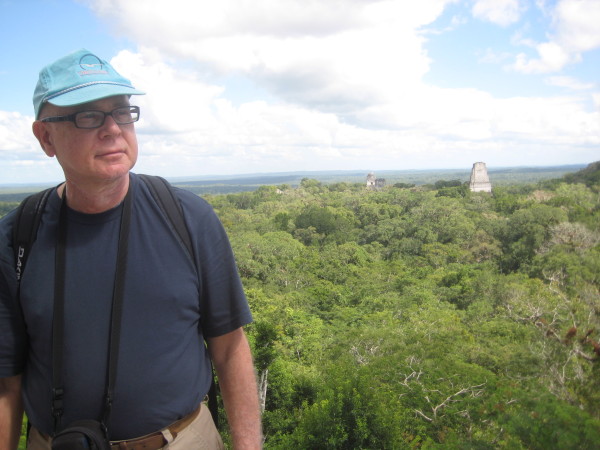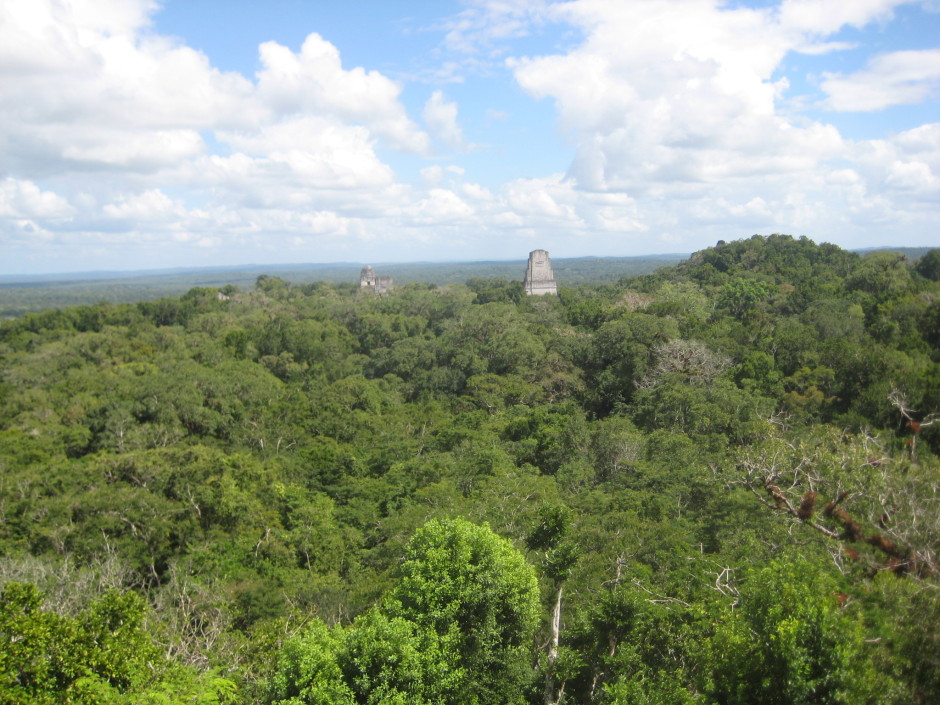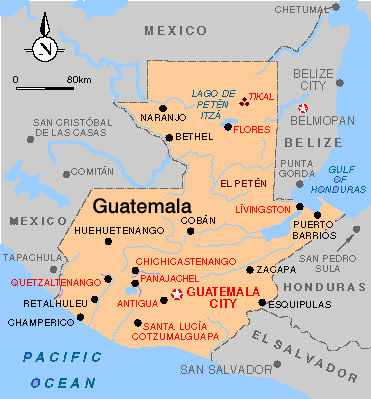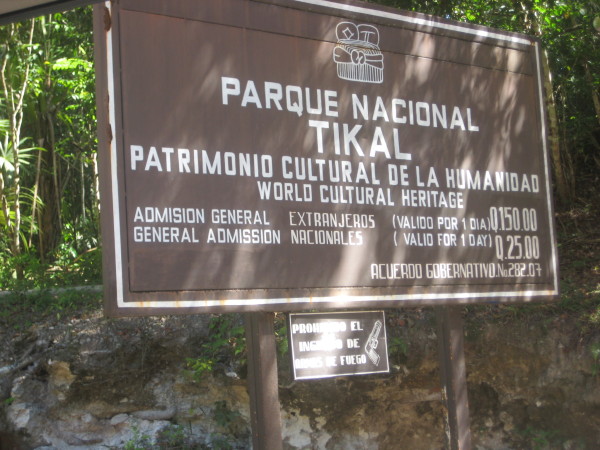Tikal, one of Central America’s most heralded archeological sites, lies deep within a trackless rainforest in Guatemala. Containing the mouldering ruins of a great Mayan empire which reigned supreme more than 1,000 years ago, Tikal is far from the beaten track, an enclave within Tikal National Park, 300 kilometres north of Guatemala’s capital, Guatemala City.
A UNESCO World Heritage site, Tikal is a feast for the eyes, a jumble of limestone pyramids, palaces, temples, administrative buildings and inscribed monuments.
In its heyday, Tikal had as many as 90,000 inhabitants, and its influence stretched into what is now Mexico and Belize. A prolonged drought brought disaster upon Tikal and it declined precipitously. By the 10th century, its residents had fled, leaving it to the creeping jungle and wildlife such as howler monkeys, jaguars and toucans.
For centuries after its abandonment, it was more or less forgotten. But spurred on by the publication of John Stephens’ book, Incidents of Travel in Central America, Chiapas and Yucatan, published in the United States in 1841, the Guatemalan government dispatched an expedition to Tikal.
During the 1870s and 1880s, British and Swiss archeologists worked in Tikal, sometimes removing priceless objects without permission. Since the 1950s, a team from the University of Pennsylvania and the Instituo de Antropologia y Historia in Guatemala has unearthed its fabulous treasures.

Only a fifth of its structures have been excavated. The rest are still covered by soil, grass, bushes, trees and vines. Since excavations are expensive to undertake, decades will probably elapse before Tikal is completely uncovered
Tikal can be reached from Flores — a small town on the shores of Lake Peten Itza — in about an hour. Flores itself is 50 minutes away by air from Guatemala City. If you drive, do so only during daylight hours, as thieves have been known to stop vehicles at night.
After reaching Tikal National Park on a blissfully sunny morning, I set off on a marked path through the dense jungle. It was a vast, humid greenhouse of magnificent tropical foliage that left me in awe. Glancing downward, I saw armies of leafcutter ants forming trails on the ground.
In the distance, howler monkeys crashed menacingly through high hardwood trees, noisily breaking boughs as they leaped effortlessly from one branch to another and from tree to tree.
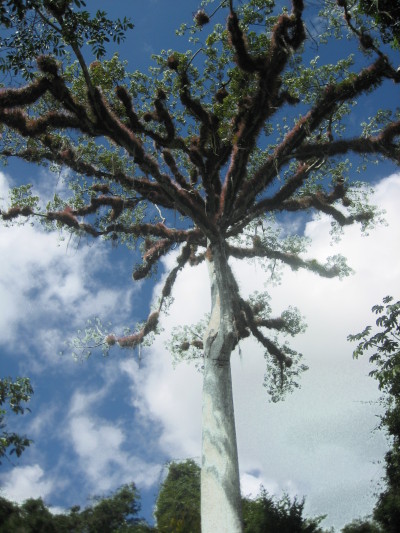
I stopped at the base of a ceiba tree, which is physically impressive and figures in Mayan mythologies. The trunk is wide and wizened and the canopy is amazingly fluffy.
In a grassy clearing, I paused at a pyramid before clambering to the top for a view.
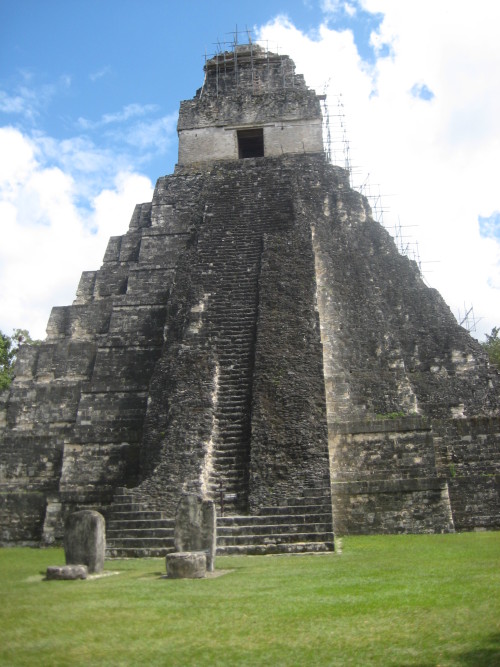
There are about 3,000 structures in Tikal, but only a fraction need be seen — the Great Plaza, flanked by two big pyramids; El Mundo Perdido, which features Tikal’s oldest known pyramid; the North Acropolis, which contains structures from several Mayan periods, and the Plaza of the Seven Temples, which is bordered by a complex of temples.
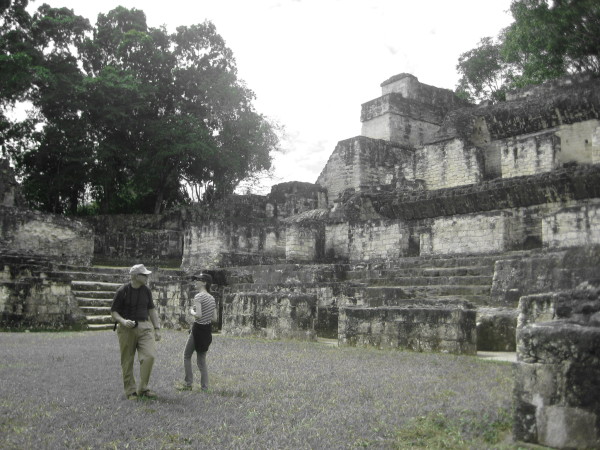
Though weathered by the endless cycle of sun, rain and wind, they look awesome. Imagine what planning and labor went into their construction before the age of steam power and electricity.
What most caught my fancy was Temple IV, which, at 70 metres in height, is the tallest pre-Colombian structure in the Americas. I reached the summit by climbing hundreds of steps in a wooden staircase attached to the side of the temple.
As I ascended, I passed a series of tree canopies. On top, I paused to admire magical vistas of unspoiled rainforest and pyramids poking out from the thick foliage.
To the north is another great archeological site, El Mirador, which is accessible only by foot and horseback on a five-day hike through the jungle. But that’s another story.
